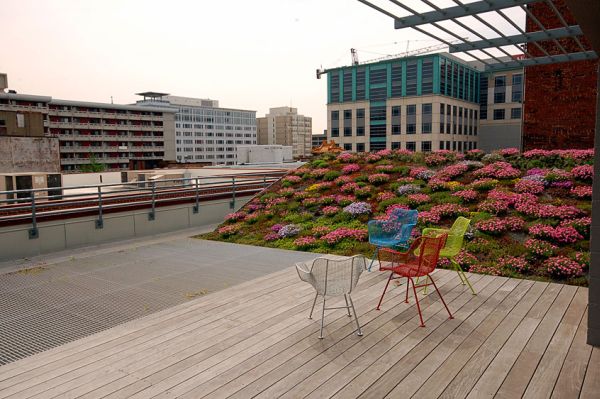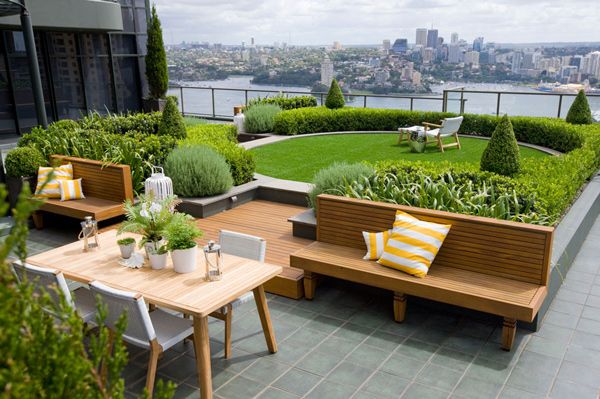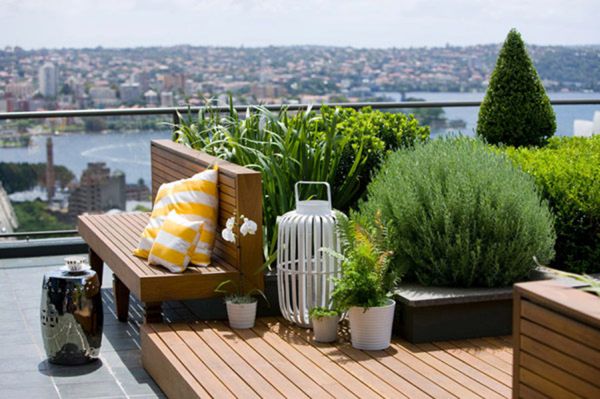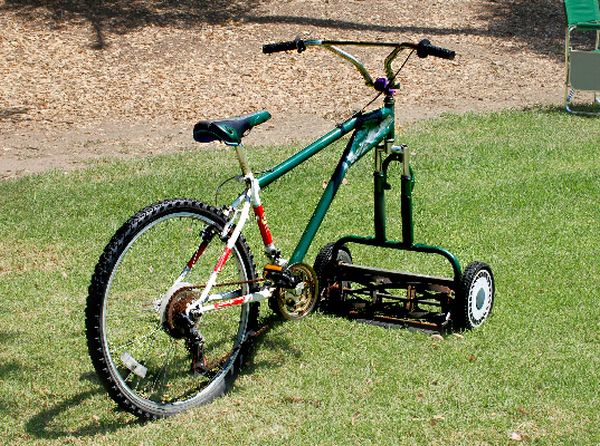Growing grass and plants on the roofs of houses is an ancient practice that was practiced in order to keep the house safe from natural elements like wind, water, rain and sun. However, this ancient practice has turned out to be a modern approach in the new age houses, which makes them elegant and attractive. At the same time, these roofs also show your love for a sustainable lifestyle.

Green roofs are useful and eye catching and require a roof with a slope of thirty degrees or even lesser. However, flat roofs are excellent for this purpose. The three main types of green roofs are – Extensive, Semi Extensive and Intensive. The distinguishing features between these three roofs are the types of plants that can be grown, the medium used for plant growth, and the depth of planting.
The intensive roof garden has the maximum depth and hence has the maximum weight on the roof. Before installing any type of roof, you should be careful to seek the advice of a professional roofing service center to know if the roof can take the burden of the green garden since it becomes very heavy when watered.

The process of installing the roof garden involves the following steps:
- The work begins with the roof surface covered or boxed with plywood, concrete or any other material.
- The roof surface is covered with a vapor barrier, which is generally a good quality PVC or similar material.
- Next placed are the sheets of polystyrene with an aim to provide insulation. A second layer of vapor barrier follows this installation.
- This is then covered with a good drainage material such as gravel, which is in turn followed by another sheet of moisture holding material.
- The top most layer is composed of soil or compost that suits the fertilization needs of the plants you are planning to grow.

You should also pay attention while deciding on the types of plants to be grown. Since the extensive roofs are the least deep, hence the plants best suited for these roofs are Alpine plants. These do not require regular watering except on very hot days and their planting depth is 5 inches. These require annual maintenance.
On semi extensive roofs, you can choose to grow few herbs and perennial plants, as their depth is seven inches and need to be watered more than the plants on extensive roofs.
On the other hand, you don’t need to worry about plants for the intensive roof and can even create a complete vegetable garden.




